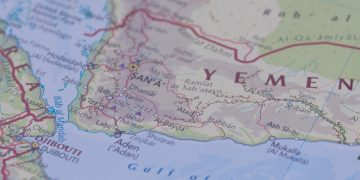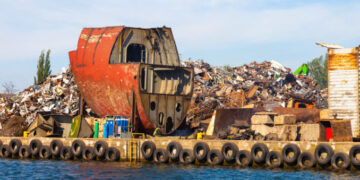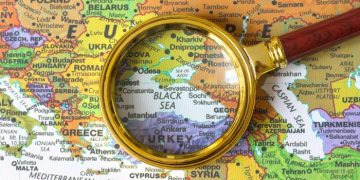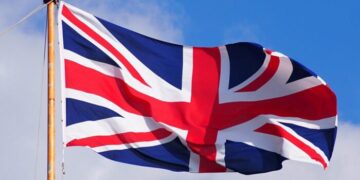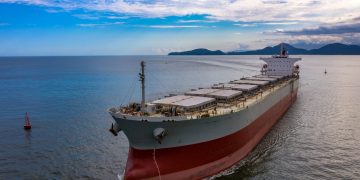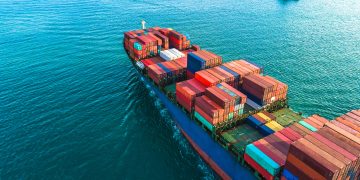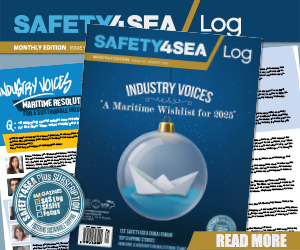IBIA has made an assessment of the Carbon Intensity Indicator (CII) operational energy efficiency rating for ships, highlighting that ”initial findings indicate a clear problem for bunker vessels to comply with limited scope for enhancing the operational energy efficiency to achieve the required C rating”.
With the CII requirements expected to be strengthened after 2026, and following discussion by the Board, a draft document is to be prepared for submission to MEPC 82 in October as part of IBIA’s contribution to the ongoing formal review of CII by IMO. In that regard, IBIA encourages members wishing to provide data and/or information for possible inclusion in the IMO document to forward to Edmund Hughes by 30 April.
Applying to all cargo, RoPax, and cruise ships above 5,000 GT, the CII is an operational index based on the Annual Efficiency Ratio (AER). This ratio is given in grams of CO2 emitted per cargo-carrying capacity and nautical mile, measuring all carbon emissions from all ballast and laden voyages, anchorage, and port stays, all divided by the deadweight and distance sailed in a year.
In simple terms, the Carbon Intensity Indicator (CII) is a measure of how efficiently a ship transports its cargo. Based on this, the ship is then given an annual rating ranging from A to E:
A – major superior performance level
B – minor superior performance level
C – moderate performance level
D – minor inferior performance level
E – inferior performance level
The rating thresholds will become increasingly stringent towards 2030, with the carbon reduction factor starting from 5% in 2023. After this, 2% will be added yearly. A ship rated D or E for three consecutive years will need to submit a corrective action plan explaining how the performance level can be increased.
A collaborative effort between the International Bunker Industry Association (IBIA), IPIECA, OCIMF, and the Canadian Fuels Association marks a significant step towards addressing the challenges of alternative fuels deployment in international shipping. With a shared commitment to sustainability and environmental stewardship, these organizations have embarked on a comprehensive study aimed at analyzing the production and supply dynamics of alternative fuels for maritime use.
The study’s findings, to be presented at the International Maritime Organization’s Marine Environment Protection Committee (MEPC) 82 session in October, hold promise for shaping future policies and initiatives in the maritime industry. By pooling expertise and resources, this initiative underscores a collective determination to navigate the complexities of transitioning towards cleaner and more sustainable fuel options for the global shipping sector.







